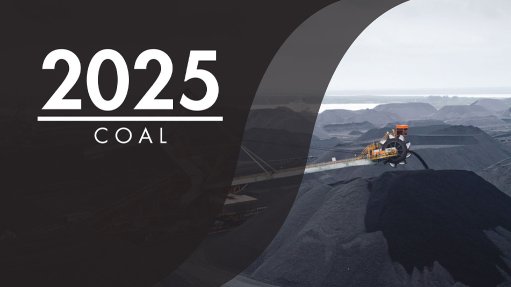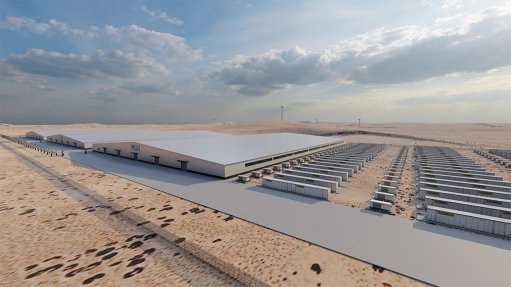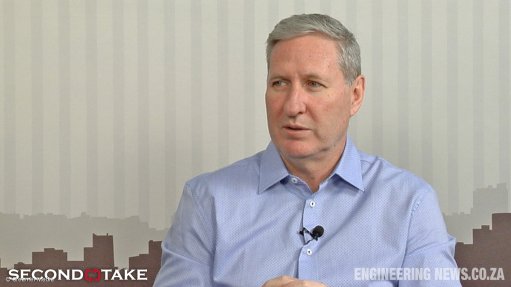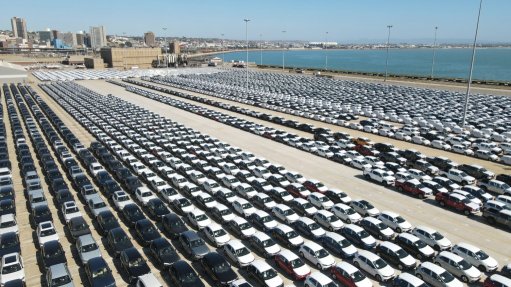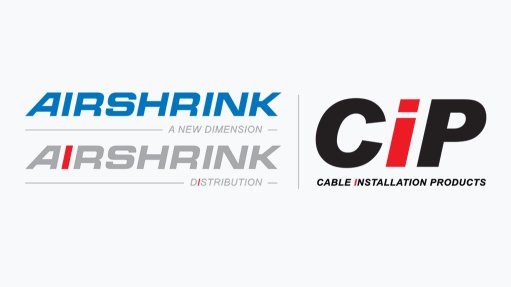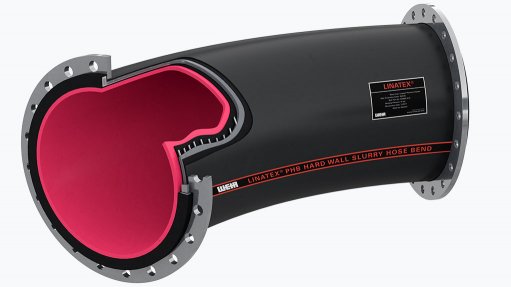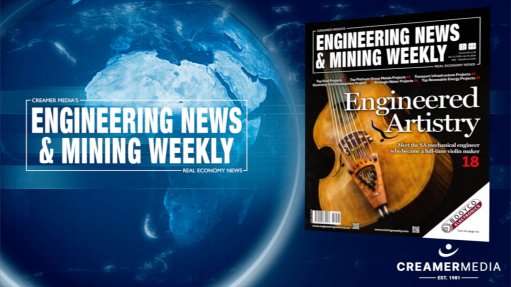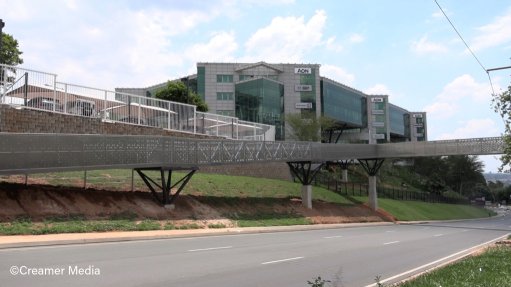South Africa working on environmental attribute certification for more complex electricity market

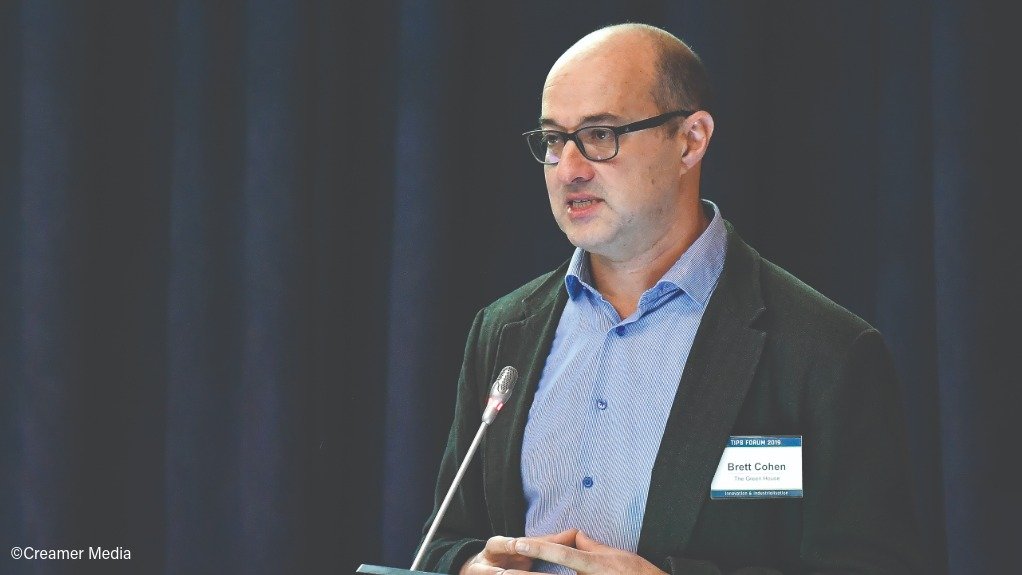
Meridian Economics associate and University of Cape Town Department of Chemical Engineering honorary professor Dr Brett Cohen
Photo by Creamer Media's Donna Slater
South Africa's public and private sectors involved in environmental regulations and electricity are working to develop an energy attribute certificate (EAC) system that would enable the verification, certification, tracking and transfer of organisations' emissions-reduction efforts.
The need is two-fold. The first is that accurate accounting of greenhouse-gas (GHG) emissions associated with electricity supply and consumption is increasingly being required globally and in South Africa.
The second is to prove claims made regarding the sustainability – the environmental attributes – of electricity generated from lower-emissions sources.
Climate and energy strategy advisory firm Meridian Economics completed the 'Scoping Study on Electricity Emissions Factors and Environmental Attributes' study on behalf of the Department of Forestry, Fisheries and the Environment (DFFE). It is available on the company's website.
There were two ways in which electricity sector environmental attributes could be claimed, namely as EACs and carbon offsets. The study focused on EACs because carbon offset was well defined and there were several systems in place for verifying and claiming carbon-offset measures, said Meridian Economics associate and University of Cape Town Department of Chemical Engineering honorary professor Dr Brett Cohen on October 29.
The purpose of the study was to explore the implications of the changing South African landscape for electricity sector emissions, and then to consider how the trading of the environmental attributes of the electricity was treated in calculations of emissions factors.
The study also explored the different kinds of electricity emissions factors that would be required for different applications and users, he added during a webinar hosted by consulting and advisory services firm EE Business Intelligence.
There were several reasons South Africa needed to develop an EAC scheme, including that inaccurate or unverifiable environmental attribute claims could lead to higher effective carbon costs, under mechanisms like the EU’s Carbon Border Adjustment Mechanism, thereby harming export competitiveness.
Additionally, weak environmental attribute tracking made it difficult for all tiers of government to understand the emissions dynamics of the power sector and to develop appropriate policy responses, he noted.
“It is critical to start thinking about the systems that will be needed to manage this in a transparent and consistent way. The three high-level requirements for such a system would be for issuance of certificates, transfer and trading, and then retirement of these EACs,” said Cohen.
The DFFE had, in 2021, published a method for determining the grid emission factor (GEF), which is the GHG emissions that are produced for each unit of electricity consumed in a national grid, said DFFE climate change mitigation and specialised monitoring services chief director Jongikhaya Witi.
“Our thinking at the time it was published was to anticipate the policy reforms, but we did not anticipate the changes from an electricity perspective. The [2021] method is simple from an emissions point of view, owing to the advantage of South Africa's comprehensive emissions reporting programme that requires entities to report yearly on emissions.
“We had sound and good data, especially from [State-owned utility] Eskom, on emissions.”
However, South Africa was shifting away from the dominance of Eskom’s coal-fired power stations towards increasing generation of electricity from clean sources owned by private players.
The country is also transitioning from a monopolistic centralised electricity system towards a competitive, multi-market structure where electricity can be freely traded on an open wholesale market.
Both of these factors increased the complexities in the electricity environmental attribute space and the calculation of accurate emission factors, the report said.
“We have recognised the need to respond to the changing electricity market with our GEF method. If we continue as we are now, in three to four years' time, the GEF we publish will be meaningless. We have formed a task team, as the DFFE, with others partners, to review the GEF method,” said Witi.
Specifically, applying the GEF would be necessary for companies to translate their Scope 2 emissions mitigation efforts to their emissions savings, he said.
“If the current GEF were to be used, which does not accurately account for environmental attributes, then we cannot track and claim mitigation efforts accurately. We must take account of the evolving market, and we will also need a residual national GEF, as the market changes,” he explained.
As the energy transition progresses, electricity environmental attributes will likely become sought-after commodities for a period of time.
However, South Africa has not established mandatory compliance schemes associated with renewable energy, but this policy instrument should be considered at the national, regional and local levels as part of the policy suite supporting the energy transition.
Tracking, reporting and realising value from electricity environmental attributes was a crosscutting issue involving a range of institutions and stakeholders, hence the need for an inter-governmental working group, said Cohen.
The working group should look at the overriding governance in the EAC space while maintaining a barrier between government interests and market players, he recommended.
The working group would need to engage individual role players in the broader electricity sector, including municipalities, entities trading in EACs, industries and others, so that the risks were resolved and the system formalised to manage verification and reporting in a coherent way, he said.
While still in the first phase, the DFFE had already mapped out three phases for the working group on EACs, with the first phase being the scoping exercise, undertaken by Meridian Economics, Witi said.
Phase 2 would examine the reporting standards required, and Phase 3 of the working group would examine the institutional arrangements required for monitoring, reporting and verification of such a complex scheme, he said.
Article Enquiry
Email Article
Save Article
Feedback
To advertise email advertising@creamermedia.co.za or click here
Comments
Announcements
What's On
Subscribe to improve your user experience...
Option 1 (equivalent of R125 a month):
Receive a weekly copy of Creamer Media's Engineering News & Mining Weekly magazine
(print copy for those in South Africa and e-magazine for those outside of South Africa)
Receive daily email newsletters
Access to full search results
Access archive of magazine back copies
Access to Projects in Progress
Access to ONE Research Report of your choice in PDF format
Option 2 (equivalent of R375 a month):
All benefits from Option 1
PLUS
Access to Creamer Media's Research Channel Africa for ALL Research Reports, in PDF format, on various industrial and mining sectors
including Electricity; Water; Energy Transition; Hydrogen; Roads, Rail and Ports; Coal; Gold; Platinum; Battery Metals; etc.
Already a subscriber?
Forgotten your password?
Receive weekly copy of Creamer Media's Engineering News & Mining Weekly magazine (print copy for those in South Africa and e-magazine for those outside of South Africa)
➕
Recieve daily email newsletters
➕
Access to full search results
➕
Access archive of magazine back copies
➕
Access to Projects in Progress
➕
Access to ONE Research Report of your choice in PDF format
RESEARCH CHANNEL AFRICA
R4500 (equivalent of R375 a month)
SUBSCRIBEAll benefits from Option 1
➕
Access to Creamer Media's Research Channel Africa for ALL Research Reports on various industrial and mining sectors, in PDF format, including on:
Electricity
➕
Water
➕
Energy Transition
➕
Hydrogen
➕
Roads, Rail and Ports
➕
Coal
➕
Gold
➕
Platinum
➕
Battery Metals
➕
etc.
Receive all benefits from Option 1 or Option 2 delivered to numerous people at your company
➕
Multiple User names and Passwords for simultaneous log-ins
➕
Intranet integration access to all in your organisation






